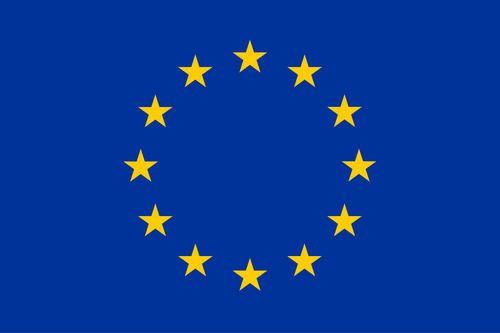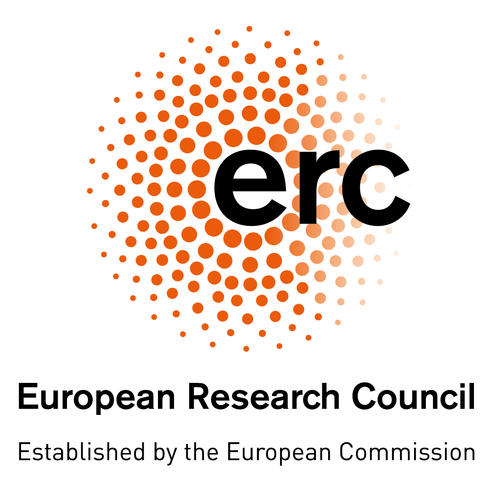Talk: Neural mechanisms of form meaning assemblage in construction learning at 9th International Conference of the German Cognitive Linguistics Association
Prof. Dr. Dr. Friedemann Pulvermüller is giving a talk at the 9th International Conference of the German Cognitive Linguistics Association, detailing the neural basis for research in MatCo. You can read the abstract here.
News from Mar 03, 2022
When learning novel meaningful signs and constructions, information about their form and meaning is processed simultaneously. At the neural level, co-activation leads to binding and, in one theoretical perspective, to the formation of neuronal assemblies acting as cognitive and linguistic representations [1]. Computer simulations using brain-constrained neural networks and biologically realistic associative learning indeed indicate that the learning of linguistic forms in semantically relevant contexts of perceptions and actions leads to the formation of neural circuits for form-meaning pairs, and that the cortical topographies of these circuits reflect aspects of the stored meanings [2].
It may be criticized that an associative account of linguistic knowledge is problematic [3]. However, such criticisms failed to consider the explanatory power of now well-established biological learning mechanisms, which underlie any type of learning, language learning included. In addition to associative binding (strengthening of links between co-activated units and, hence, representations), these include antiassociative dissociation (weakening of links between units if one is active but the other inactive). In this talk, I will show how associative binding and dissociation mechanisms can provide a biological explanation for aspects of lexical, conceptual, semantic and construction learning.
First, the well-known linguistic concepts of entrenchment and statistical pre-emption [4] will be related to, and mechanistically founded in the biological mechanisms of associative binding and dissociation. Second, mechanisms of semantic learning will in focus and an explanation for the relative prominence of specific and category specific semantic features in the learning of labels for individual objects (proper names) and category terms will be proposed [6]. Third, I will discuss recent computer simulations of the learning of concrete and abstract concepts and words based on biologically constrained neural networks [6].
References
[1] Pulvermüller, F. (1999). Words in the brain's language. Behavioral and Brain Sciences, 22, 253-336.
[2] Pulvermüller, F., Tomasello, R., Henningsen-Schomers, M. R., & Wennekers, T. (2021). Biological constraints on neural network models of cognitive function. Nature Reviews Neuroscience, 22(8), 488-502.
[3] Chomsky, N. (1959). Review of "Verbal behavior" by B.F. Skinner. Language, 35, 26-58.
[4] Goldberg, A. E. (2006). Constructions at work: The nature of generalisation in language. Oxford: Oxford University Press.
[5] Pulvermüller, F. (2018). Neurobiological mechanisms for semantic feature extraction and conceptual flexibility. Topics in Cognitive Science, 10(3), 590-620. doi: 10.1111/tops.12367
[6] Henningsen-Schomers, M. R., & Pulvermüller, F. (2022). Modelling concrete and abstract concepts using brain-constrained deep neural networks. Psychological Research, in press

